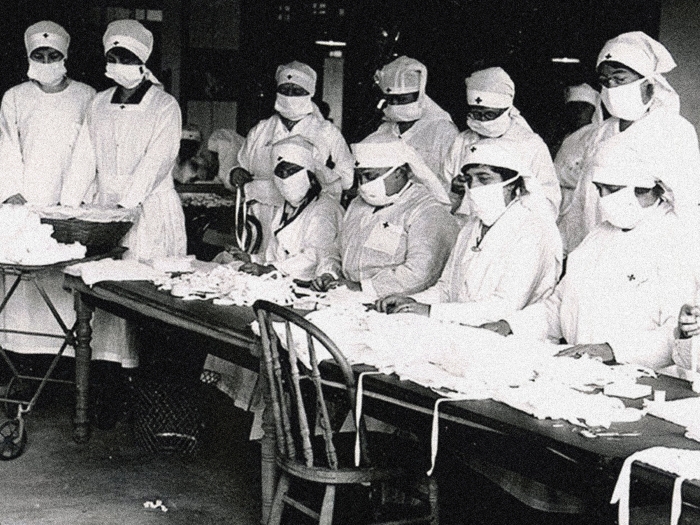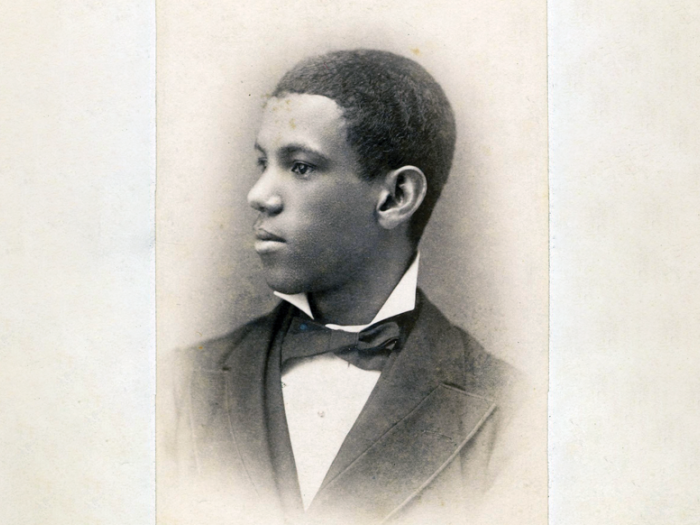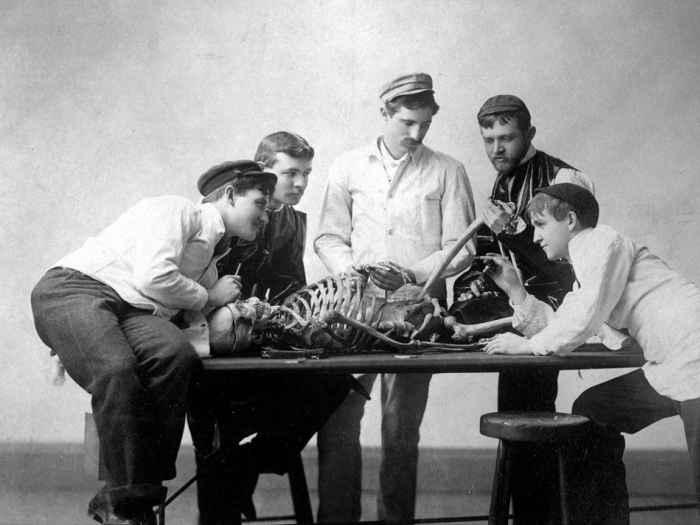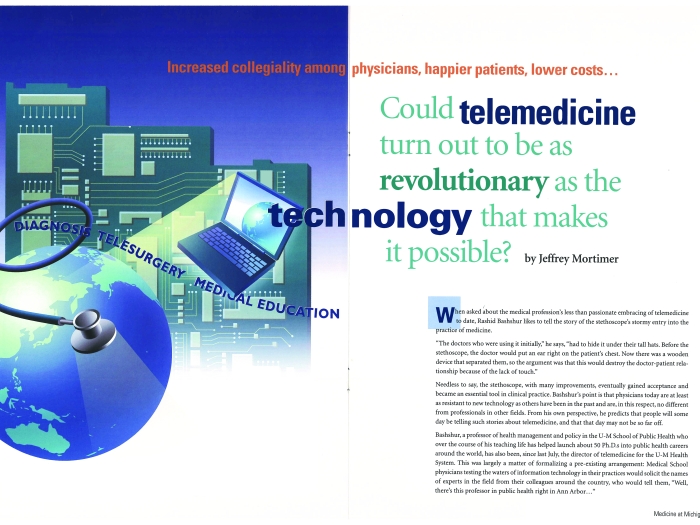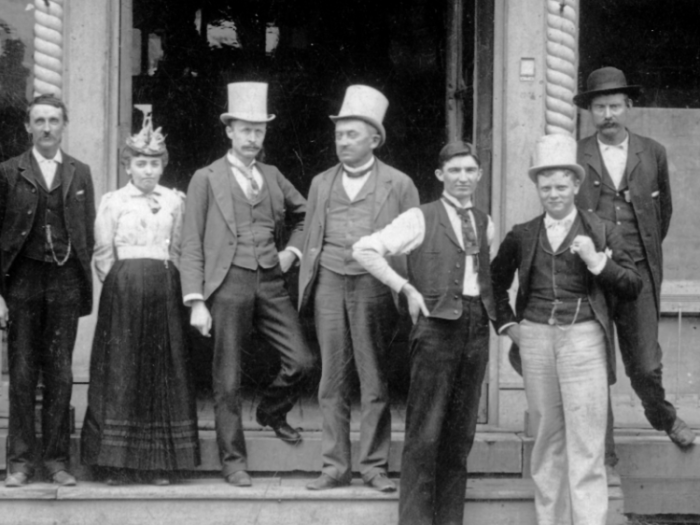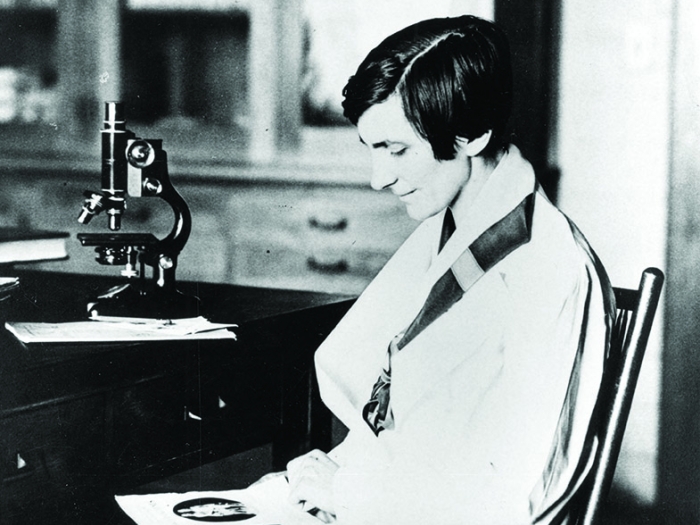From a single building on the Diag in 1850, to today’s statewide academic health system called Michigan Medicine, yearlong commemoration celebrates U-M medical history
3:00 PM
Author |
When they passed through the grand columns at the entrance of their just-completed building in October of 1850, the 95 students and five faculty of the University of Michigan Medical School couldn’t possibly imagine what they were starting.
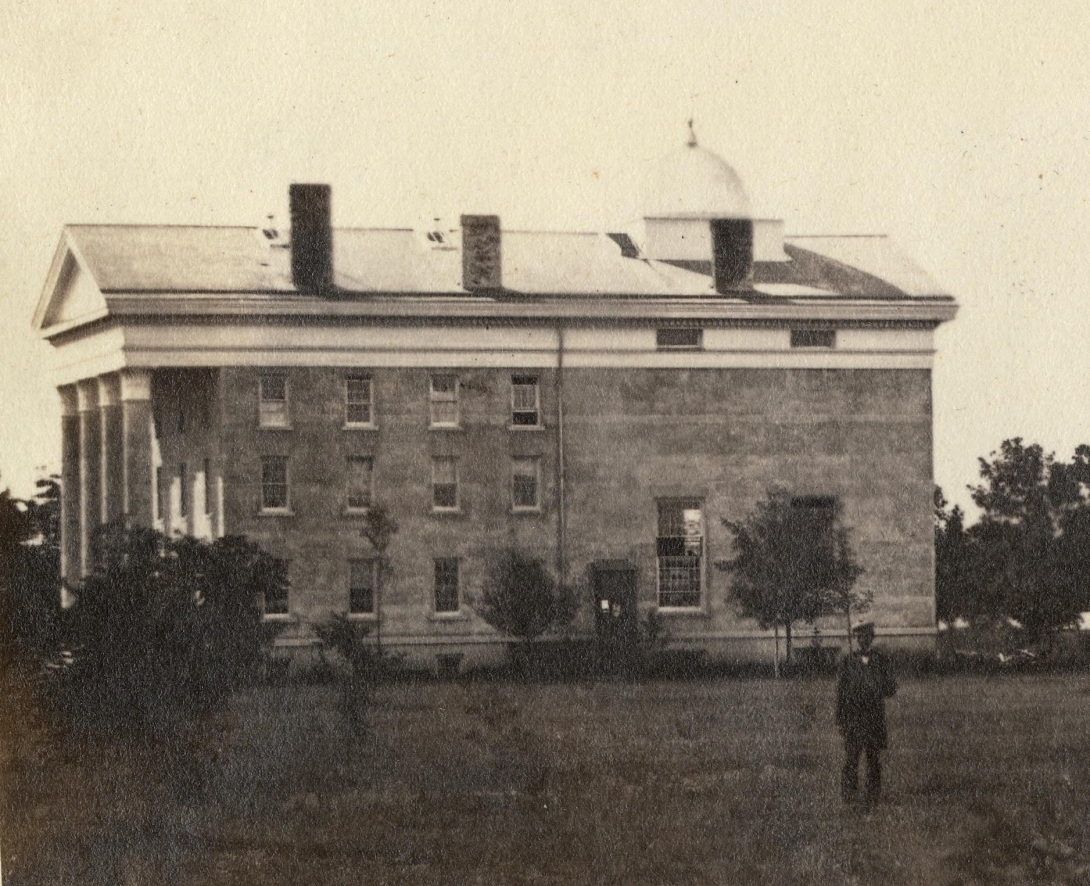
They also couldn’t predict the discoveries and innovations that those who followed them would make in U-M medical laboratories, classrooms and hospitals over the next 175 years.
But today, the institution they helped launch has grown into one of the world’s most respected centers of biomedical education, research and advanced clinical training – and one of the largest and highest-ranked health care systems in the nation.
In many ways, it has become what U-M Regent Zina Pitcher, M.D., envisioned in his 1848 report to his colleagues calling for the creation of a medical school that would be “an example worthy of imitation.”
Michigan Medicine will mark that history over the coming year, through a wide range of activities meant to celebrate and examine the legacy of its past, and connect its history to its present and future.
Two anniversaries in one year
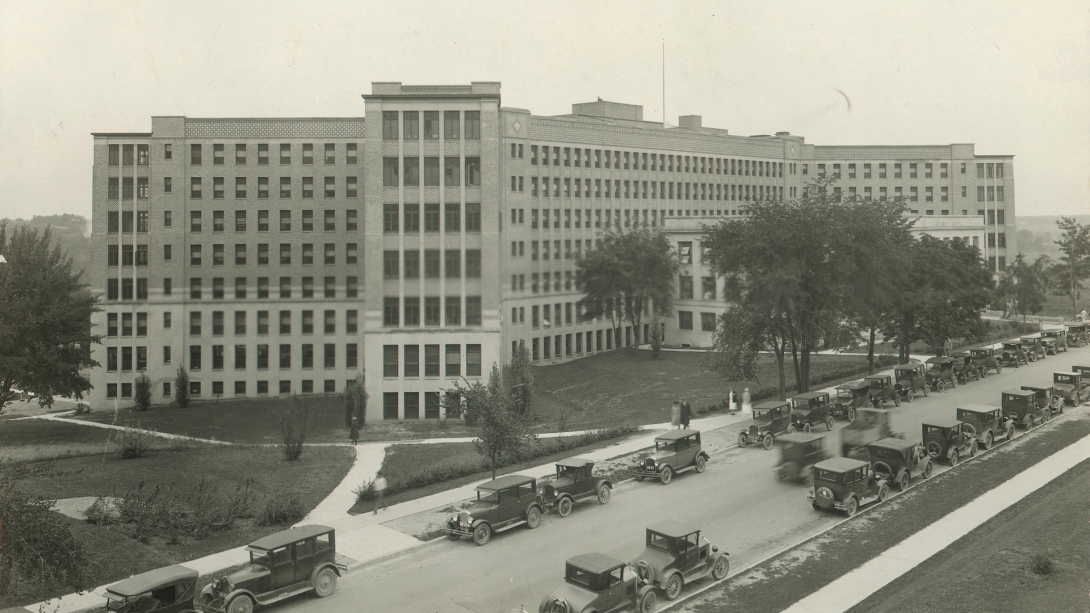
The Medical School’s 175 years of history tie closely with another key milestone of 2025: the 100th anniversary of the opening of the University Hospital known as “Old Main.” It welcomed patients from 1925 to 1986 and still looms large in the memories of many who worked, trained or received care there.
This fall, a new hospital will open on the site where part of Old Main once stood: the D. Dan and Betty Kahn Health Care Pavilion.
“Our 175th anniversary comes at a time of great change for our world, our nation, our university and Michigan Medicine,” said Marschall Runge, M.D., Ph.D., dean of the Medical School, CEO of Michigan Medicine and U-M executive vice president for medical affairs. “Amid that change, our Medical School and our entire institution can continue serving the public good through discovery, innovation, education and evidence-based care. Sharing and learning from our history can inspire us all, including a new generation of innovators, scholars and medical professionals.”
Kicking off the commemoration
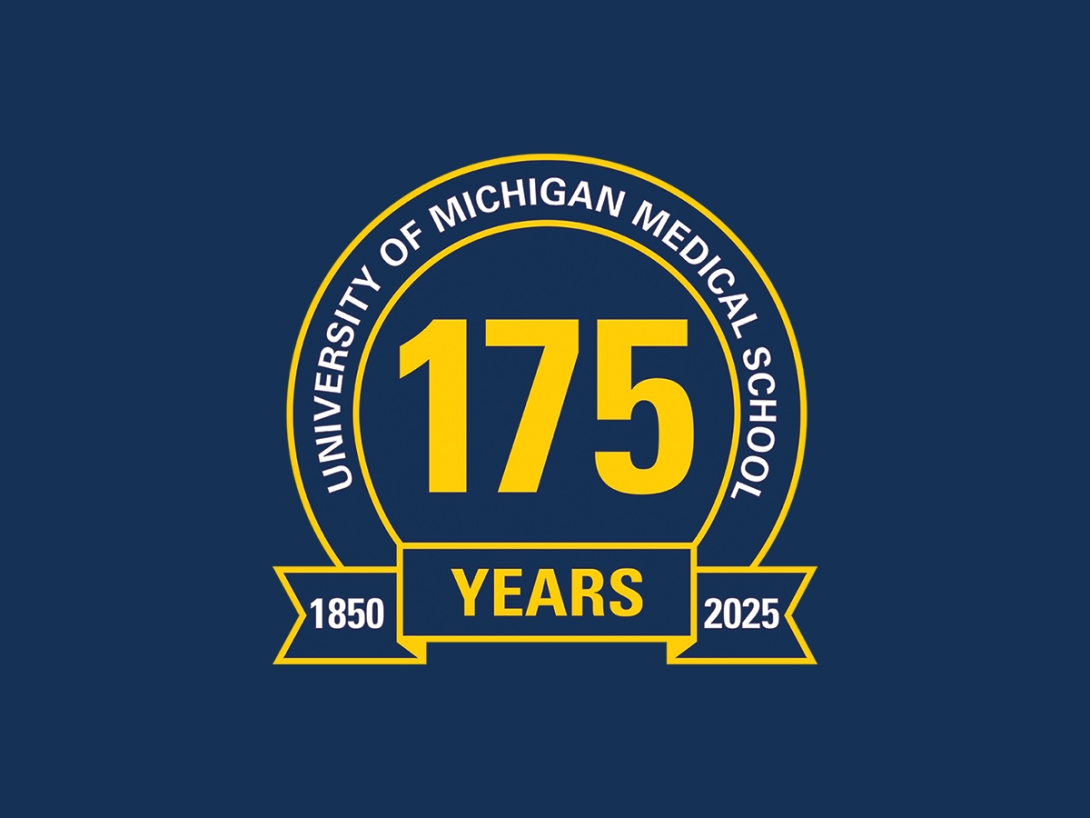
The anniversary celebration begins with the launch of a new webpage, medumi.ch/175th, that will share information, links, events, stories and videos throughout the year. It includes an online store selling 175th anniversary apparel, with the proceeds going to a new anniversary fund that donors can also contribute to directly, to help fuel new advancements.
Anyone with memories and photos they’d like to contribute to the commemorations of the Medical School and Old Main anniversary can do so through a form at michmed.org/memories .
Michigan Medicine and the Medical School will also post historical images, highlights and stories to multiple social media platforms throughout the year, using the hashtag #michmed175.
As the year goes on, the celebration will include online and in-person events, and historical exhibits.
Reflecting on all aspects of history
While the anniversary observances include a celebration of the Medical School’s key contributions and notable figures, it will also include reflections on aspects of the institution’s history that look different through a contemporary lens, or when the experiences of those harmed by past medical practice are centered.
Joel Howell, M.D., Ph.D., an emeritus professor of medicine and history at U-M who co-wrote a 2017 book on the Medical School, said this is an important part of any historical commemoration.
“For 175 years the U-M Medical School has led the way in discovering causes of disease, developing innovative tools and techniques for improving health, and training generations of scientists and healers,” he said. “While we take pride in our achievements, it is also important to remember that there were times when we could have done better. Learning from those lessons can help us continue to enhance the lives of countless people in Michigan and beyond.”
Howell’s book with Dea Boster, Ph.D., is available as an ebook and hardcover via the University of Michigan Press.
Lisa Harris, M.D., Ph.D., professor of Obstetrics and Gynecology and Women’s and Gender Studies, and inaugural director of the Medical School’s new interdisciplinary Center for History, Humanities, Arts, and Social Sciences in Medicine, added that it’s important to be reflective when looking at past harms caused by medical practitioners.
“While looking at historical harms is vital, doing so can have a double edge when we understand ‘historical’ to mean safely and permanently locked in the past,” she said. “Sometimes learning about history makes us feel like we are different from our predecessors, when really we ought to consider how we are the same – how we may hold the same kinds of biases or subscribe to similar harmful ideologies but express them in new ways that are harder to recognize.”
Key “firsts” and milestones
The interactive Michigan Medicine timeline at michmed.org/history includes many milestones, from the events leading to the Medical School’s founding through the 21st century.
Some key highlights of U-M medical history include:
- The Medical School was the second college, and the first professional school, established at U-M. It was called the Department of Medicine and Surgery for its first 65 years; the name was officially changed to Medical School in 1915.
- U-M was the first university to make its Medical School professors part of the main faculty, which they continue to be today. U-M’s hospitals and health centers in Ann Arbor and southeast Michigan are staffed by U-M faculty physicians and serve as training sites for students in U-M’s medical and health professions programs, as well as residents and clinical fellows.
- U-M opened the nation’s first university building devoted to chemistry teaching and research in 1856, a key component of the science-based training of physicians.
- In 1869, thanks to efforts by Medical School faculty, U-M became the first university in the United States to open a teaching hospital, in a former professor’s house on the Diag where the Chemistry Building stands today.
- U-M was the first major medical school to accept women alongside men, starting in fall 1870, though the number of female students was small for decades; today more than half of the incoming class identifies as female. Amanda Sanford, M.D., who had started her training elsewhere, was the first female graduate, in 1871.
- U-M was also an early leader in enrolling applicants of color in medical school, with William Henry Fitzbutler, M.D., becoming the first Black graduate (1872), José Celso Barbosa, M.D., becoming the first Puerto Rican to earn a medical degree from any continental U.S. university (1880); Sophia Bethena Jones, M.D., receiving the first medical degree awarded to a Black woman (1885), and the school’s first Asian male and female graduates being Myatt Kyau, M.D., (1882) and Shi Meiyu, M.D., (known as Mary Stone) and Kang Cheng, M.D., (known as Ida Kahn) (both 1896). However, students of color faced discrimination in medical student housing, clerkships and residency training at U-M hospitals until at least the World War II era.
- Graduate study in the biomedical sciences began in the 1870s; one of the first two doctoral degrees awarded by U-M in 1876 went to a student and Medical School instructor who later earned an M.D. Graduate studies were formalized over time through a partnership with the Rackham Graduate School.
- In 1886, a Hygienic Laboratory run by the Medical School was one of the nation’s first to provide education and research in “germ theory” of disease, as well as serving the state by testing milk, water and food for dangerous microbes to protect public health.
- In 1889, U-M opened the Anatomical Laboratory, the nation’s first building devoted to hands-on instruction in human anatomy. This paved the way for a four-year medical curriculum to be introduced in 1890, one of the first in the nation.
- In 1899, the Medical School was the first in the nation to introduce the concept of the clinical clerkship for medical students, taking advantage of the U-M-owned hospitals that had opened in 1891 on Catherine Street to provide hands-on clinical training. Also that year, the school became among the first in the nation to offer a formal program of clinical training for recent medical graduates, referred to as interns.
- In 1927, the Medical School established the Department of Postgraduate Medicine, the first academic department in the U.S. to focus on continuing medical education for physicians already in practice.
- In many disciplines, Michigan was the first or among the first to establish departments, divisions, centers, institutes and professorships devoted to a subspecialty, ranging from pharmacology and human genetics to bacteriology, radiology and depression.
- In 1953, the Veterans Administration opened a hospital just down the road from U-M’s medical campus, staffed by U-M faculty physicians – a partnership that continues today.
- The Medical School had administration, classroom and research buildings on the U-M Diag until the late 1950s, when the Medical Science complex opened on “the Hill” near the hospitals.
- From their early decades, the school and hospitals relied on the willingness of patients to take part in the training of rising physicians as part of receiving care from U-M medical faculty. Many research studies also drew biological samples, data and clinical trial volunteers from patients and the community. Today, more than 100,000 people have joined a registry of potential clinical research volunteers

Department of Communication at Michigan Medicine

Professor Emeritus/a
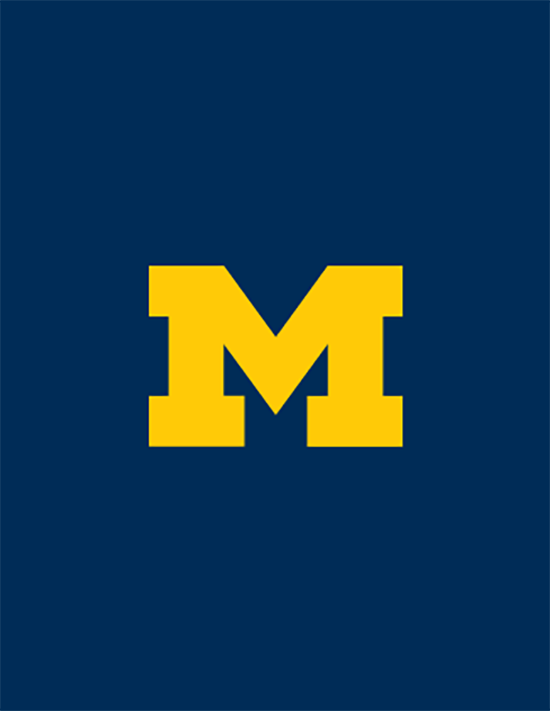
Professor
